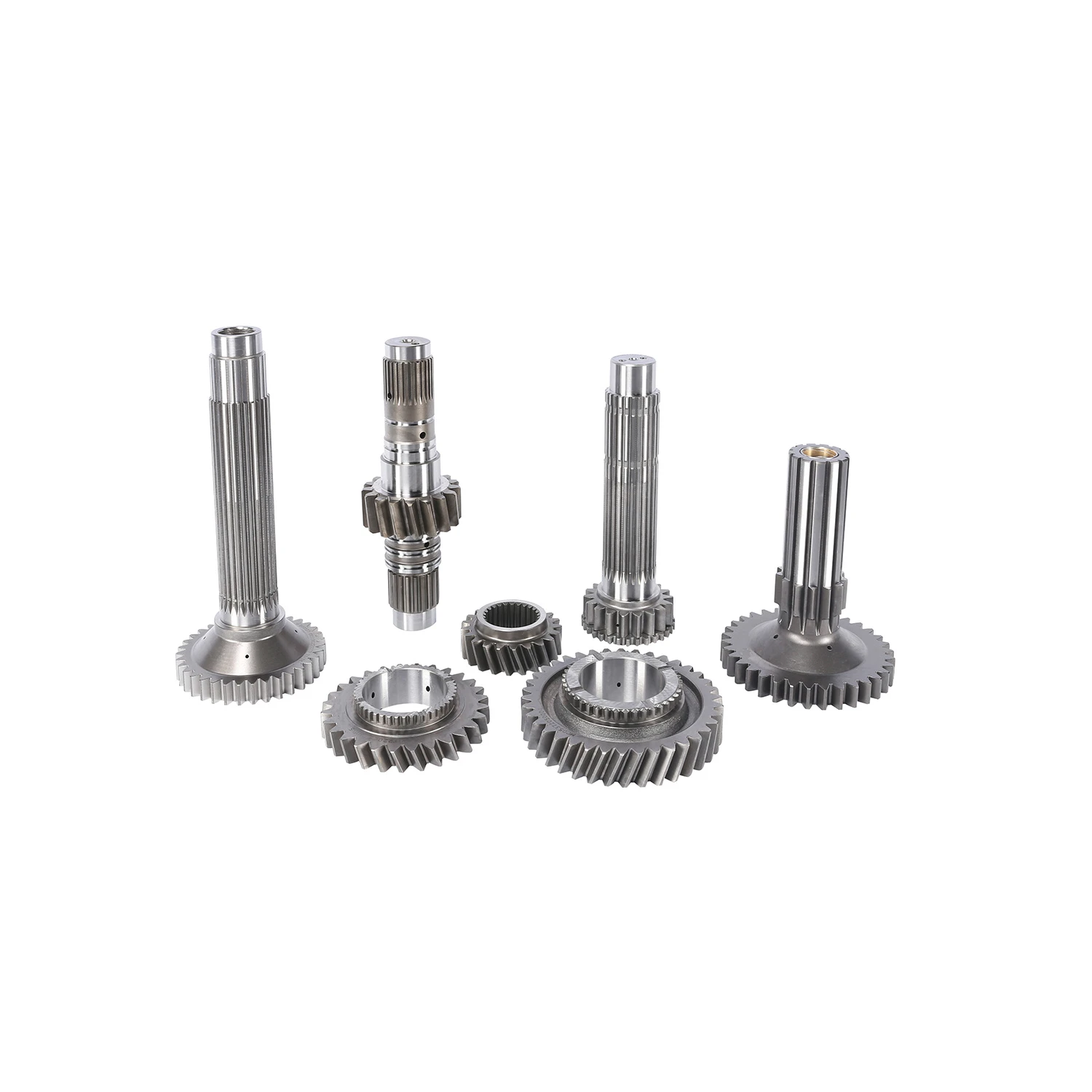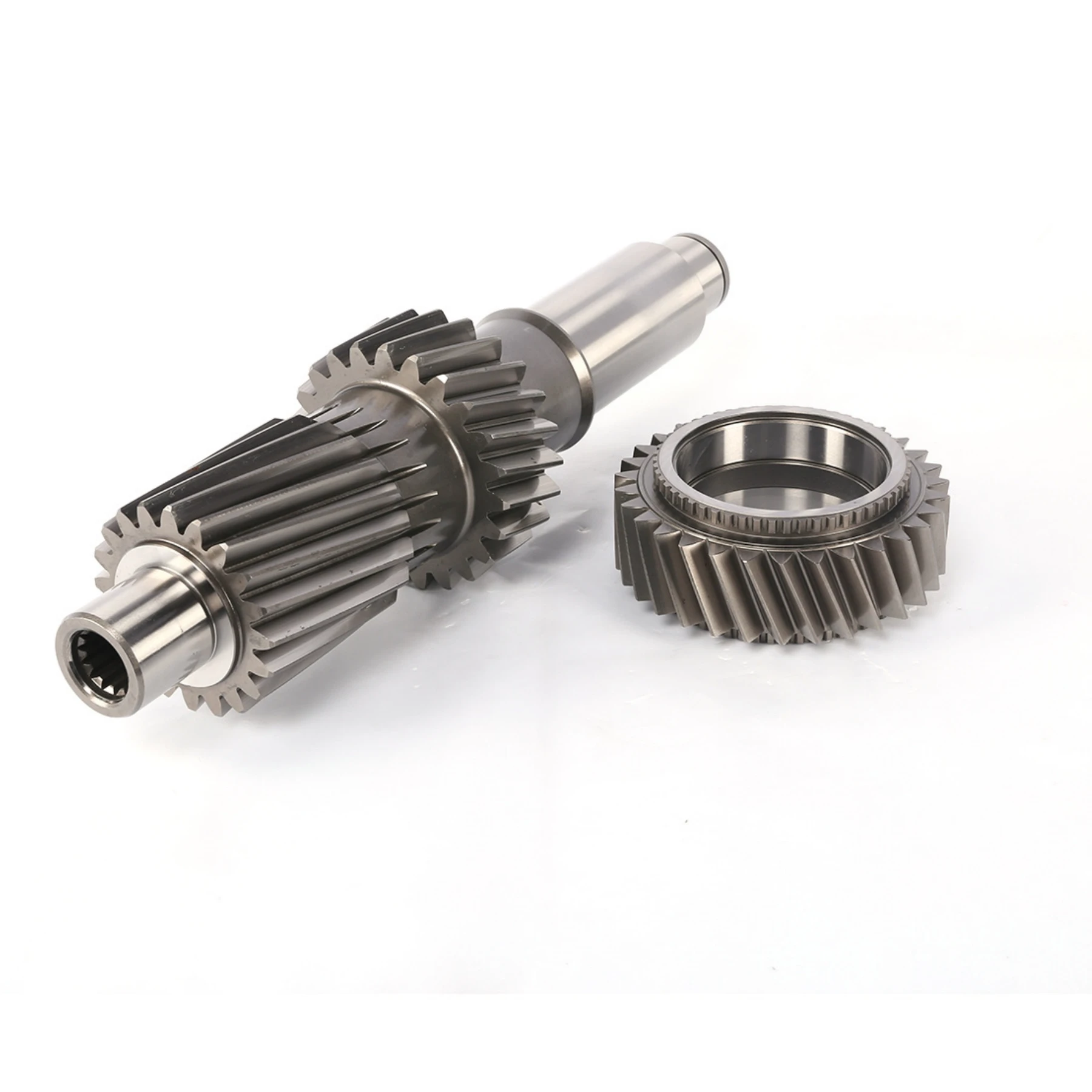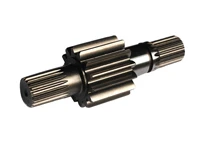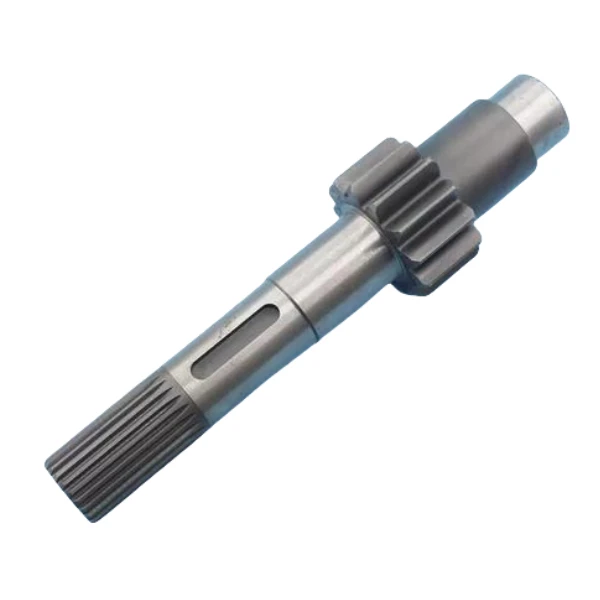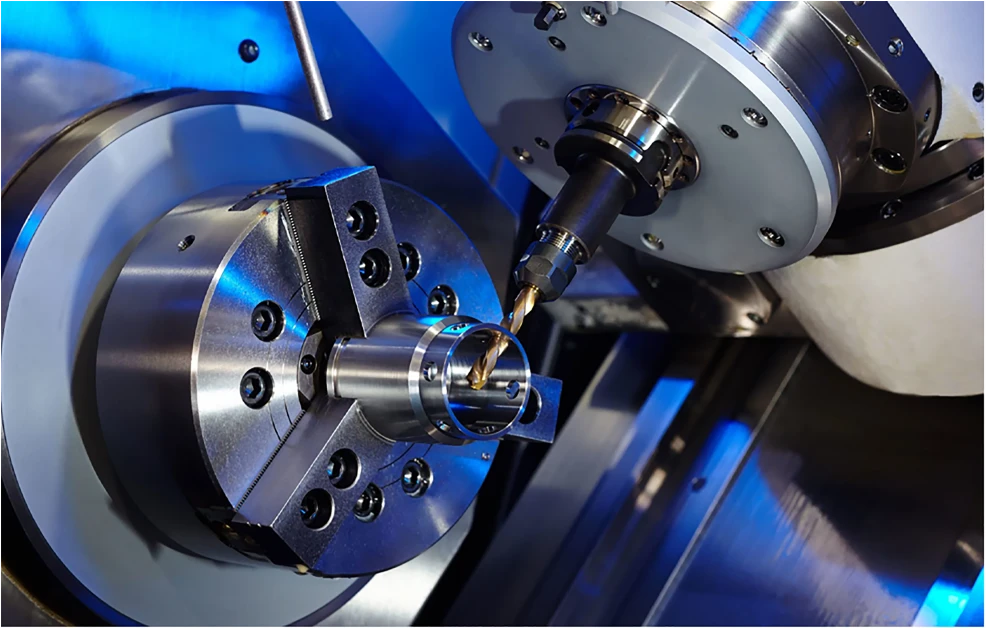Understanding Gear Shafts: Precision Engineering for Critical Applications
Gear shafts are fundamental mechanical components, serving as the backbone of power transmission systems across virtually every industrial sector. These integral parts are meticulously engineered to transmit rotational motion and torque, bridging the gap between a power source and its load. Their design complexity varies significantly, from simple cylindrical shafts with integral gears to sophisticated multi-stage components featuring splines, keyways, and bearing journals. The performance and longevity of an entire machinery system often hinge directly on the integrity and precision of its gear shafts. With increasing demands for efficiency, durability, and reduced maintenance in modern industrial applications, the evolution of gear shaft technology continues to drive advancements in materials science, manufacturing processes, and predictive maintenance strategies. Understanding the intricacies of gear shaft design, manufacturing, and potential failure modes is paramount for engineers and procurement specialists seeking optimal operational performance.
The demand for high-performance gear systems has led to a notable trend towards higher power-to-weight ratios and increased operational speeds. This paradigm shift necessitates a deeper dive into the technical parameters that define robust gear shafts. Key considerations include material selection, heat treatment specifications, surface finish, and geometric tolerances, all of which directly impact the shaft's load-bearing capacity, fatigue resistance, and overall lifespan. Emerging trends also focus on intelligent gear systems incorporating sensors for real-time monitoring of vibration and temperature, enabling predictive maintenance and significantly reducing unscheduled downtime. Furthermore, the push towards sustainable manufacturing practices influences material sourcing and energy-efficient production methods, marking a comprehensive evolution in the gear shaft industry.
Harvester Gear Shaft: Engineered for Agricultural Resilience
The Harvester gear shaft is a critical component specifically designed to withstand the harsh, demanding conditions prevalent in agricultural machinery. These shafts transmit power from the engine to various operational parts of a harvester, such as the cutter bar, threshing mechanism, or straw chopper. Given the heavy loads, continuous operation, and exposure to dust, debris, and varying temperatures, Harvester gear shafts must exhibit exceptional strength, fatigue resistance, and durability. Our Harvester gear shafts are typically manufactured from high-grade alloy steels, such as 42CrMo4 or 34CrNiMo6, which are selected for their superior hardenability and mechanical properties. These materials undergo precise heat treatment processes, including carburizing or induction hardening, to achieve a hard wear-resistant surface while maintaining a tough, ductile core. This combination ensures maximum operational reliability and extended service life, minimizing downtime during crucial harvesting seasons.
Beyond material selection, the geometric precision detailed in every gear shaft drawing is fundamental to its performance. For Harvester gear shafts, this includes accurate tooth profiles (e.g., involute gears), precise helix angles for helical gears, and tight tolerances on runout, concentricity, and parallelism. Such meticulous engineering ensures smooth power transmission, reduced noise, and efficient operation, directly contributing to the harvester's productivity. Our engineering team leverages advanced CAD/CAM tools to produce highly optimized gear shaft designs, considering specific load cycles, speed requirements, and environmental factors typical of agricultural applications. This rigorous design phase, followed by stringent quality control throughout manufacturing, ensures that each Harvester gear shaft meets or exceeds industry benchmarks for performance and reliability.
Manufacturing Process for High-Performance Gear Shafts
The manufacturing of high-quality gear shafts involves a multi-stage, precision-driven process that begins with careful material selection and extends through advanced machining, heat treatment, and rigorous inspection. Typically, the process starts with high-grade alloy steel billets. Depending on the design and application, the initial shaping might involve either forging or casting. Forging enhances the material's grain structure, improving strength and fatigue resistance, which is critical for components like Harvester gear shafts. Casting is suitable for complex geometries or when larger production volumes at lower costs are prioritized, though often followed by forging or extensive machining.
Following the initial shaping, extensive CNC machining (Computer Numerical Control) is employed for precision turning, milling, and grinding. This stage is crucial for achieving the exact dimensions, surface finishes, and intricate features specified in the gear shaft drawing, including gear teeth, splines, and bearing surfaces. Gear cutting itself involves techniques like hobbing or shaping, followed by shaving or grinding for fine finishing. Heat treatment, such as carburizing, nitriding, or induction hardening, is then applied to impart specific mechanical properties like surface hardness, core toughness, and wear resistance. This process is meticulously controlled to achieve the desired case depth and hardness profile, directly influencing the shaft's lifespan and resistance to fatigue.
Throughout the manufacturing cycle, stringent inspection standards are maintained. This includes dimensional inspection using CMM (Coordinate Measuring Machines), metallurgical testing to verify material composition and heat treatment effectiveness, and non-destructive testing (NDT) such as magnetic particle inspection or ultrasonic testing to detect internal flaws. Adherence to international standards like ISO 6336 for gear load capacity calculation and ANSI/AGMA 2004 for gear inspection ensures that each gear shaft meets the highest quality and performance criteria. Our products are applicable across diverse industries including petrochemical, metallurgy, mining, and water treatment, demonstrating exceptional advantages like improved energy efficiency due to reduced friction and superior corrosion resistance through specialized coatings or material choices, offering an extended service life far exceeding standard components.
Common Gear Shaft Problems and Solutions
Addressing potential operational issues is vital for maintaining system reliability. A common gear shaft problem encountered in industrial applications includes pitting, where fatigue causes small fragments to break away from the tooth surface, often due to high contact stresses or insufficient lubrication. Another prevalent issue is scuffing or scoring, which occurs when localized welding and tearing happen between meshing tooth surfaces, typically under conditions of high sliding velocity and inadequate oil film strength. Wear, in its various forms such as abrasive or corrosive wear, also significantly reduces the lifespan and efficiency of gear shafts by altering the tooth profile.
Beyond surface damage, fatigue fractures are a serious gear shaft problem, initiated by cyclic loading that exceeds the material's endurance limit, especially at stress concentration points like keyways or fillet radii. Misalignment between mating gears or shafts can also lead to uneven load distribution, accelerated wear, and premature failure. To mitigate these issues, our approach emphasizes a holistic design and manufacturing philosophy. This includes optimizing gear tooth geometry to minimize stress concentrations, selecting materials with superior fatigue strength, and applying advanced surface treatments to enhance wear resistance. Additionally, rigorous quality control, including precise dimensional inspection and material integrity checks, aims to eliminate potential manufacturing defects that could lead to early failure. Proper lubrication selection and proactive maintenance strategies are also critical for preventing many common gear shaft issues in the field.
Technical Parameters and Industry Data for Gear Shafts
Understanding the critical technical parameters is essential for specifying and manufacturing high-performance gear shafts. These parameters dictate the shaft's ability to transmit torque, withstand loads, and operate reliably over its intended lifespan. The table below presents typical ranges and specifications for various gear shaft characteristics, drawing from industry standards and common engineering practices. These benchmarks guide the design and manufacturing process, ensuring products meet demanding operational requirements.
General Gear Shaft Parameters
|
Parameter |
Typical Range / Specification |
Impact on Performance |
|
Material (Common) |
AISI 4140, 4340, 8620; 42CrMo4, 34CrNiMo6 |
Strength, hardness, fatigue resistance, machinability. |
|
Hardness (Surface) |
58-62 HRC (carburized), 50-58 HRC (induction hardened) |
Wear resistance, pitting resistance. |
|
Core Hardness |
28-40 HRC (depending on material & heat treatment) |
Toughness, resistance to impact loads and bending fatigue. |
|
Surface Roughness (Ra) |
0.4 - 1.6 µm (teeth), 0.8 - 3.2 µm (journals) |
Reduced friction, increased fatigue life, improved lubrication. |
|
Tolerance Class (DIN/ISO) |
Grades 5-8 (for high precision gears) |
Precision of mesh, noise, vibration, load distribution. |
|
Runout Tolerance (TIR) |
Typically 0.005 - 0.02 mm (depending on size/precision) |
Concentricity, smooth operation, reduced wear on bearings. |
|
Fatigue Limit (Bending) |
Varies significantly with material, heat treatment, and surface finish. |
Resistance to cracking under cyclic loads, extended service life. |
Harvester Gear Shaft Performance Metrics Comparison (Illustrative Data)
The following table presents a comparative view of key performance metrics for our Harvester gear shafts against standard market offerings, illustrating superior capabilities in demanding agricultural environments. This data, often visualized in comparison charts or radar diagrams, underscores our commitment to engineering excellence and durability.
|
Metric |
Standard Market Shaft |
Our Harvester Gear Shaft |
Advantage (%) |
|
Bending Fatigue Strength |
X MPa |
X + 25% MPa |
+25% |
|
Pitting Resistance Life (Cycles) |
Y x 106 |
Y x 1.8 x 106 |
+80% |
|
Corrosion Resistance (Salt Spray Hours) |
200 hrs |
500 hrs |
+150% |
|
Weight Optimization (kg) |
Z kg |
Z - 10% kg |
-10% |
Harvester Gear Shaft Failure Mode Distribution (Illustrative Pie Chart Data)
Analyzing failure modes is crucial for continuous product improvement. This illustrative data, typically presented as a pie chart, demonstrates the distribution of identified failure causes for our Harvester gear shafts under various operational conditions, reflecting robust design against common issues like fatigue.
|
Failure Mode |
Percentage (%) |
|
Fatigue (Bending/Torsional) |
15% |
|
Wear (Abrasive/Adhesive) |
30% |
|
Pitting |
20% |
|
Overload/Impact |
25% |
|
Other (Corrosion, Misalignment) |
10% |
This distribution highlights that while common issues like wear and occasional overload still occur, the percentage of fatigue-related failures, which often signify a deep gear shaft problem rooted in material or design, is significantly lower than industry averages for similar components. This is a direct result of our advanced metallurgical control, precise machining, and optimized heat treatment protocols, ensuring that our gear shafts offer enhanced longevity and reliability, especially in challenging environments. The data also underscores the importance of proper operational practices and regular maintenance to further mitigate issues related to wear and potential overload.
Customized Gear Shaft Solutions and Application Case Studies
Recognizing that off-the-shelf solutions may not always meet the unique demands of specialized machinery, we offer comprehensive customization services for gear shafts. Our engineering team collaborates closely with clients to develop tailored solutions, taking into account specific load profiles, operating environments, space constraints, and integration requirements. This bespoke approach ensures that every aspect, from material selection and heat treatment to intricate geometric details in the gear shaft drawing, is optimized for peak performance and longevity. Customization allows for innovative solutions to complex power transmission challenges, providing a competitive edge in various industries.
Application Case Study: Heavy-Duty Mining Equipment
A leading mining equipment manufacturer faced persistent failures with standard drive shafts in their large-scale excavators, primarily due to extreme shock loads and abrasive dust conditions, leading to a significant gear shaft problem. We engineered a custom solution utilizing a high-strength, low-alloy steel (e.g., 30CrNiMo8) with a specialized surface hardening process that delivered exceptional resistance to both impact fatigue and abrasive wear. The redesigned gear shafts featured optimized tooth profiles for better load distribution and an enhanced surface finish to reduce friction. Post-implementation, the client reported a 75% reduction in shaft failures over a 24-month period, drastically cutting maintenance costs and improving operational uptime in their most demanding applications.
Application Case Study: High-Speed Marine Propulsion
For a marine propulsion system requiring lightweight yet robust power transmission at high RPMs, our team developed custom gear shafts with an innovative design. These shafts, manufactured from maraging steel for superior strength-to-weight ratio, featured precision-ground helical gears to minimize noise and vibration, crucial for marine applications. The detailed gear shaft drawing included specific requirements for corrosion-resistant coatings to withstand saline environments. This custom solution resulted in a 15% improvement in overall system efficiency and a significant reduction in acoustic output, enhancing passenger comfort and extending the operational life of the marine vessels. Our commitment to precision engineering and material science enabled us to deliver a product that exceeded the client's stringent performance and environmental criteria.
Manufacturer Comparison: Choosing the Right Gear Shaft Partner
Selecting the right manufacturer for gear shafts is a critical decision that impacts the reliability, efficiency, and total cost of ownership of industrial machinery. When evaluating potential partners, B2B decision-makers and technical personnel should consider several key differentiators beyond just price. Our firm, with over two decades of specialized experience in precision gear component manufacturing, holds ISO 9001:2015 certification for quality management systems and adheres to AGMA standards for gear quality. We have established long-term partnerships with leading OEMs in the agricultural, heavy machinery, and renewable energy sectors, underscoring our reliability and commitment to excellence.
Compared to competitors, our strengths lie in our comprehensive in-house capabilities, which include advanced metallurgical laboratories for material analysis, state-of-the-art CNC machining centers, and a dedicated heat treatment facility. This vertical integration allows us unparalleled control over every stage of the manufacturing process, ensuring consistent quality and enabling rapid response to custom specifications detailed in complex gear shaft drawing requests. While some manufacturers may offer lower initial costs, they often compromise on material quality, precision tolerances, or post-processing, which can lead to premature failure and higher long-term operational expenses. Our focus on engineering robust solutions that specifically address common issues like `gear shaft problem` occurrences means we prioritize durability and performance over short-term savings, translating into superior value and reliability for our clients.
Frequently Asked Questions (FAQ) about Gear Shafts
Q1: What are the primary materials used for high-performance gear shafts?
A1: High-performance gear shafts commonly utilize alloy steels such as AISI 4140, 4340, 8620, or European equivalents like 42CrMo4, 34CrNiMo6, and 18CrNiMo7-6. These materials are chosen for their excellent balance of strength, toughness, and hardenability, which allows them to achieve a hard wear-resistant surface and a tough core after heat treatment, crucial for preventing a common gear shaft problem like fatigue.
Q2: What is the typical lifespan of a properly maintained gear shaft?
A2: The lifespan of a gear shaft varies significantly based on operating conditions, load cycles, material quality, and maintenance. However, a well-designed and properly maintained industrial gear shaft manufactured to precise specifications can often achieve 10,000 to 50,000 hours of operation or more before requiring major intervention. Regular inspection and correct lubrication are key to maximizing this lifespan.
Q3: How do you ensure the precision of a gear shaft drawing translates to the final product?
A3: We employ advanced CAD/CAM software for design and simulation, followed by state-of-the-art CNC machining and grinding equipment capable of sub-micron precision. Throughout the manufacturing process, CMMs (Coordinate Measuring Machines) and optical inspection systems perform rigorous dimensional verification, ensuring that every detail specified in the gear shaft drawing is accurately replicated and meets the tightest tolerance requirements, thus preventing geometric discrepancies that could cause a gear shaft problem.
Q4: What is the lead time for customized gear shafts?
A4: Lead times for customized gear shafts vary depending on design complexity, material availability, and order volume. Typically, custom orders can range from 8 to 16 weeks from finalized design approval to delivery. We provide a detailed project timeline upon quotation and maintain transparent communication throughout the production cycle. For urgent requirements, expedited services may be available, subject to production scheduling.
Q5: What warranty do you offer on your gear shafts?
A5: We stand by the quality of our products and offer a comprehensive warranty, typically for 12 to 24 months from the date of installation or 18 to 30 months from the date of shipment, whichever comes first. This warranty covers defects in materials and workmanship under normal operating conditions. Full warranty terms and conditions are provided with each quotation and order confirmation. Our customer support team is always available to address any performance concerns.
Q6: How do your gear shafts contribute to energy efficiency?
A6: Our gear shafts are designed with optimized tooth geometry and superior surface finishes (e.g., fine grinding, superfinishing) to minimize friction and meshing losses. This reduction in frictional resistance directly translates to higher transmission efficiency, requiring less input power for the same output. This enhancement in efficiency not only reduces operational costs but also lowers the thermal load on the gear system, extending component life and preventing heat-related `gear shaft problem` occurrences.
Q7: What industry standards do your gear shafts comply with?
A7: Our gear shafts are manufactured in strict compliance with international standards such as ISO 6336 (calculation of load capacity of spur and helical gears), ANSI/AGMA 2004 (gear inspection and measurement), and DIN standards. We also adhere to specific client-requested standards and internal quality protocols that often exceed these baseline requirements, ensuring robust and reliable performance in demanding applications, starting from the meticulous development of every gear shaft drawing.
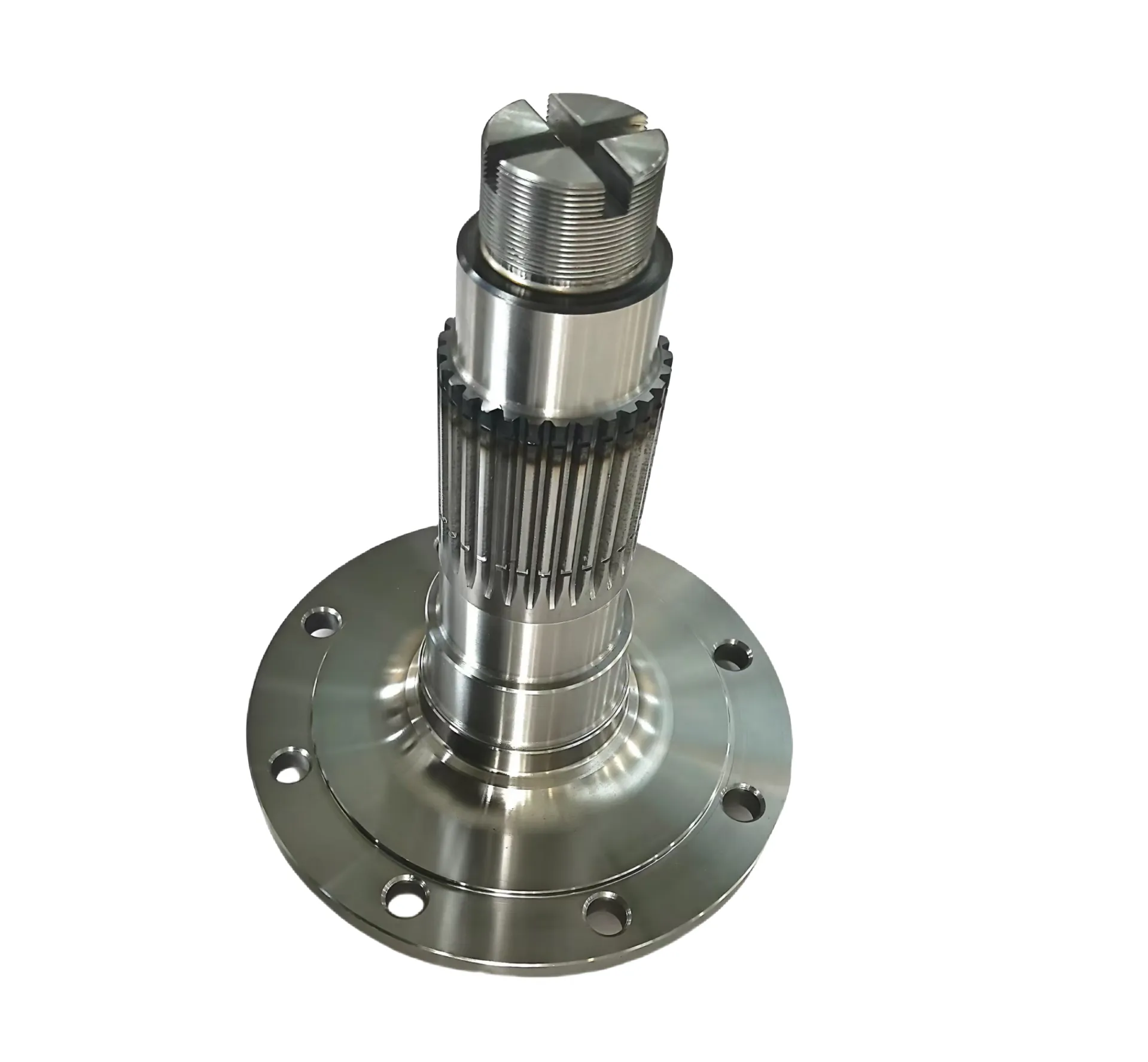
Discover high-performance sprocket gears for robust power transmission. Our precision-engineered cycloidal and internal gears ensure durability and efficiency in industrial machinery, automation, and robotics. Explore our solutions today!
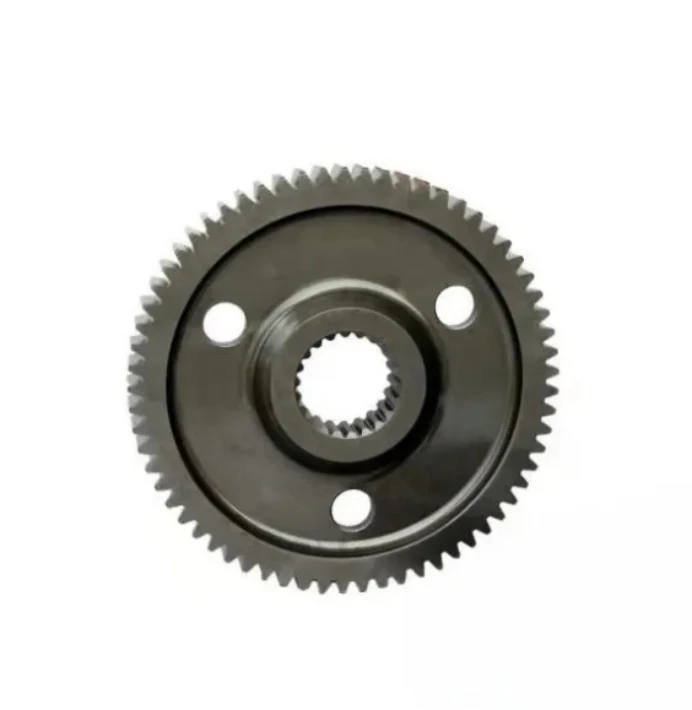
The global rear end gears and quick change gear rear end market is witnessing robust growth, particu
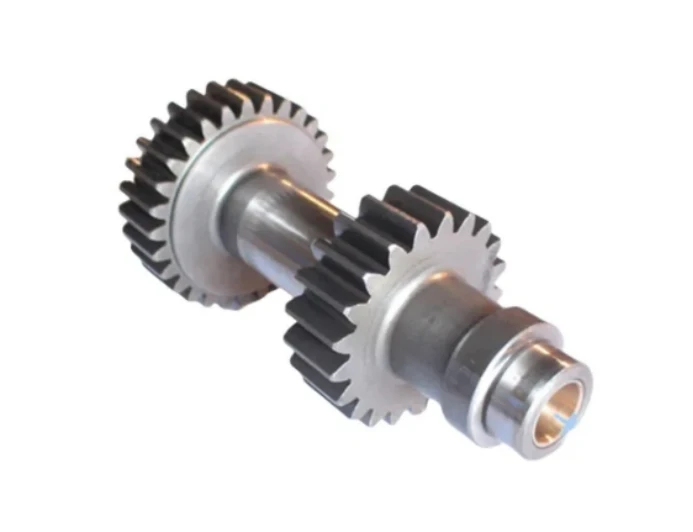
In the intricate world of mechanical engineering and power transmission, the concept of an outp
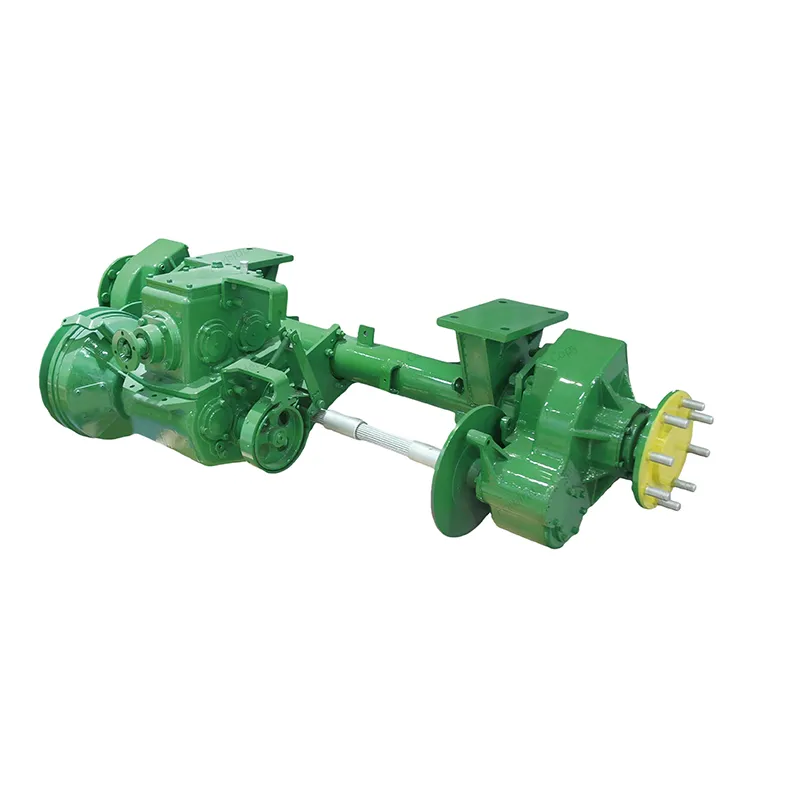
Elevate your build with an AWD K Series transmission, ensuring superior wheel transmission and grip. Perfect for performance cars needing to convert from 2 wheel drive transmission. Enhance traction & power. Shop our reliable K-series AWD solutions today!
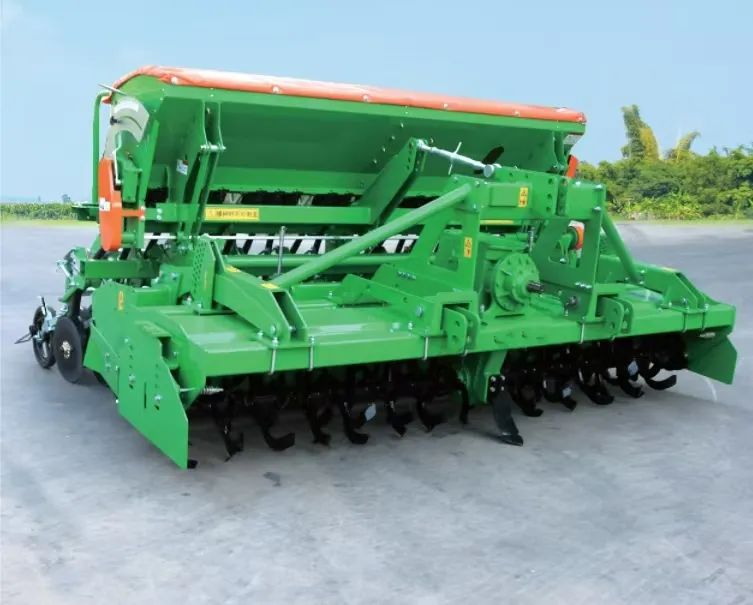
Get the ultimate compact seed drill for sale! Our precise disc drill seeder ensures efficient planting for small farms and diverse crops. Experience minimal soil disturbance with our durable disc seed drill. Shop now for superior results!

Achieve higher yields with our low disturbance seed drill. Perfect for maize and no-till farming, it ensures precise seed placement while preserving soil health. Minimize impact, maximize growth. Explore our maize seed drill machine range today!
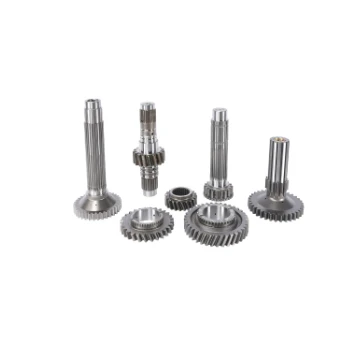
The agricultural and industrial machinery sector is experiencing remarkable growth, and at the heart of this expansion lies the trade and supply of tractors.
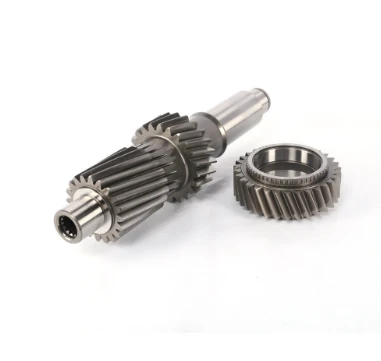
In the world of heavy - duty construction, the seamless operation of machinery is crucial for large - scale projects.
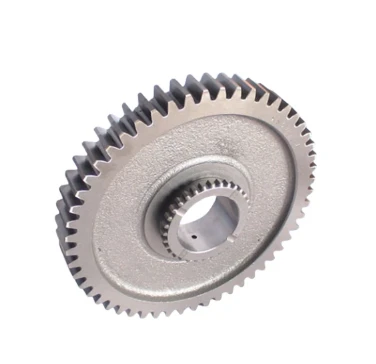
The world of tractors is vast and varied, catering to both practical agricultural needs and the passionate interests of collectors.
International layout
Spread all over the world
our products are exported to various parts of the world. Currently, our products have been exported to more than 40 countries Our products cover Asia, Europe, Africa, South America, North America, and Oceania
Sign up
for Newsletter
Subscribe to the weekly newsletter for all the latest updates


